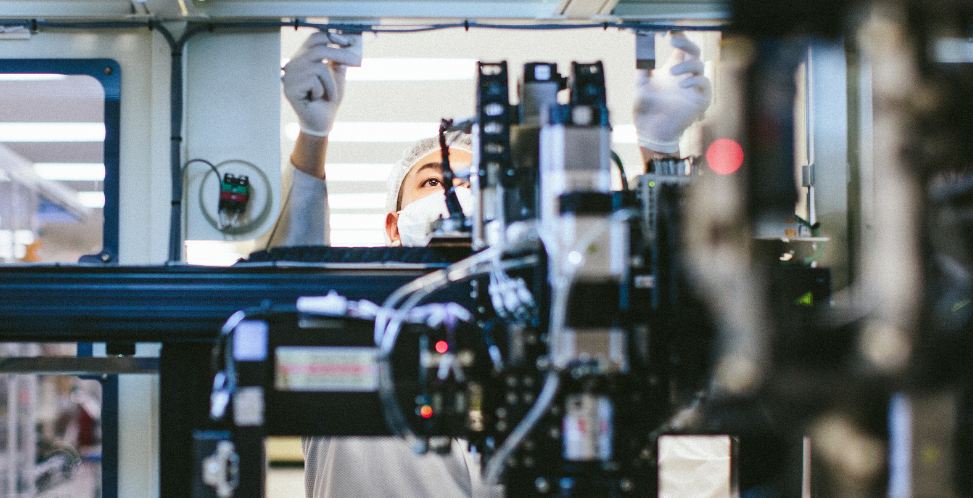With the crash in global solar PV prices in the second half of 2016 widely credited to a supply and demand mismatch in China, it is no surprise that U.S. duties on Chinese cells aren’t going anywhere.
In late December the U.S. Department of Commerce’s International Trade Administration (ITA) issued preliminary results from its annual review of anti-dumping (AD) and anti-subsidy (countervailing duty or CVD) duties which it imposed in 2012. ITA called for a slight modification to previous rates, with new AD rates from 8-30% (previously 6-12%), and new CVD rates of 12-21%, from last year’s 19%.
It is unclear whether or not the new cell duty rates on cells will be combined using simple addition, which would result in rates from 20-51% and would be only slightly higher at around 31% for most companies.
Most companies, that is, but not Canadian Solar. This year the Chinese-Canadian PV maker was selected for study, and could receive a combined import duty rate as high as 51.4% for its cells made in China. Last year Canadian was subject to the standard duty rate for named companies.
Trina Solar got off the lightest under the ITA’s new preliminary rates, with an anti-dumping margin of 7.7% and an anti-subsidy margin of 12.5%, which could result in combined duties as high as 20.2%, a slight decrease from 2016 rates of 25.3%.
A final decision on these rates is expected within 120 days.
The new rates will apply to a set of named companies which include China’s largest PV makers. Much higher duties were applied to other companies including second-tier PV manufacturers in 2012, and these remain unchanged. In addition to the AD and CVD rates which ITA set in 2012, modules made in China are subjected to separate and higher duties imposed in a 2014 ruling.
Like other large Chinese PV makers, both Canadian Solar and Trina have established cell factories in Southeast Asia from which they can supply cells for modules bound for the U.S. market. Canadian can further assemble these into modules at its factory in Ontario, thus avoiding duties, and Trina can assemble cells into modules at its factory in Thailand.
GTM Research Director of Solar Research MJ Shiao notes that Chinese PV makers are reporting that they can produce cells in Southeast Asia at costs within one or two U.S. cents per watt of their Chinese factories. Shiao further told pv magazine that he anticipates little U.S. market impact from changing duty levels, due to the widespread use of factories in nations unaffected by the trade action.
This content is protected by copyright and may not be reused. If you want to cooperate with us and would like to reuse some of our content, please contact: editors@pv-magazine.com.









By submitting this form you agree to pv magazine using your data for the purposes of publishing your comment.
Your personal data will only be disclosed or otherwise transmitted to third parties for the purposes of spam filtering or if this is necessary for technical maintenance of the website. Any other transfer to third parties will not take place unless this is justified on the basis of applicable data protection regulations or if pv magazine is legally obliged to do so.
You may revoke this consent at any time with effect for the future, in which case your personal data will be deleted immediately. Otherwise, your data will be deleted if pv magazine has processed your request or the purpose of data storage is fulfilled.
Further information on data privacy can be found in our Data Protection Policy.